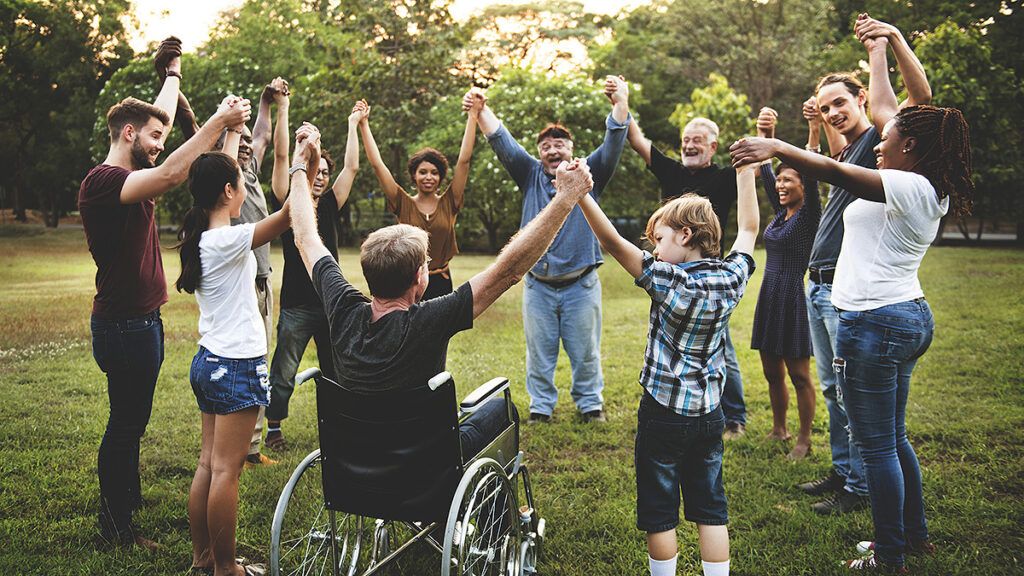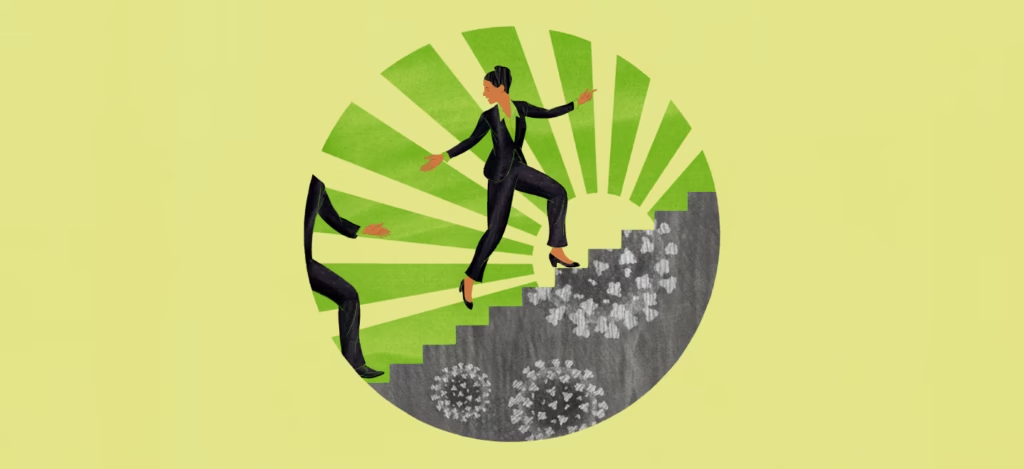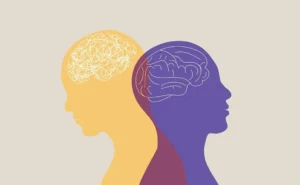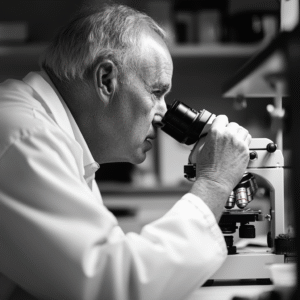Serious illnesses often bring with them a sense of urgency and fear. Conventional treatments, such as medication, surgery, or radiation, can offer a roadmap for many individuals. However, there are moments when people recover in ways that defy the standard medical narrative. These stories of unexpected or “surprising” improvements can spark fascination, skepticism, and hope in equal measure. While not everyone experiences such dramatic turnarounds, these accounts prompt questions about the factors that might enable the body, mind, and spirit to accomplish what seems impossible. Exploring the transition from doubt to optimism can offer insights into the importance of mindset, lifestyle choices, and communal support for those on a healing journey.
The Nature of Skepticism
It is entirely natural to approach stories of sudden or unexplained improvements with a measure of doubt. After all, medicine is grounded in scientific research and observable data, and anecdotes of remarkable turnarounds may appear unrepresentative of typical outcomes. Physicians often caution that rare recoveries are exactly that—rare—and can happen for any number of unknown biological reasons.
Still, for those who have either witnessed or experienced an unexpected remission, the seemingly miraculous nature of the event can be life-changing. Suddenly, the idea that healing might go beyond the limits of current scientific understanding becomes more plausible. This is not to dismiss skepticism or the importance of evidence-based medicine; instead, it highlights that medical science continually evolves, and certain variables—like emotional resilience, social support, and personal determination—might play bigger roles than once assumed.
Stories That Inspire
A variety of anecdotal accounts suggest that recovery can sometimes occur against steep odds. In one scenario, an individual might receive a dire prognosis, only to discover months or years later that their condition has stabilized or even vanished. While no single explanation fits every case, many of these accounts share some striking commonalities. People often mention making significant lifestyle modifications, nurturing a changed perspective on life, or deepening their sense of purpose.
Some even speak of reaching a breaking point that catalyzed inner transformation—where fear or despair gives way to a fierce determination to do whatever is necessary to foster healing. From adopting new dietary habits to actively working on stress reduction, these stories suggest that external interventions (such as medications or surgery) are not the only pieces of the puzzle. Instead, they propose a synergy between medical treatments and profound personal change.
Challenging Conventional Boundaries
When confronted with an unexpected remission, both patients and medical professionals may question whether existing knowledge has overlooked crucial factors. This can prompt a more holistic view of health, one that incorporates physical, mental, and emotional elements. In some cases, individuals choose to investigate complementary strategies, like acupuncture or guided imagery, as part of their overall treatment plan.
Although not every approach is backed by large-scale clinical trials, personal testimonies sometimes spark further scientific inquiries. Researchers may then embark on pilot studies to examine whether stress-reduction programs, dietary changes, or other lifestyle interventions have a noticeable impact on remission or overall survival rates. While the medical community remains careful about drawing broad conclusions from a few success stories, the recurring patterns found in these anecdotes are difficult to ignore.

One recurring theme in these surprising accounts is the role of emotional catalysts. Sometimes, individuals pinpoint a moment of intense realization—perhaps accepting pent-up grief, anger, or fear—that serves as a turning point. After acknowledging these suppressed emotions, they may feel lighter, more resolute, or more open to tackling lifestyle changes that previously seemed daunting.
Therapists and counselors who work with seriously ill patients frequently observe that confronting emotional pain can lessen mental stress, which in turn might bolster immune response. Although scientific data on the exact link between emotional release and physical recovery is still evolving, there is growing acceptance that emotional well-being is not just a side issue but a significant contributor to the healing process. Tending to emotional blocks may bring about a sense of renewed motivation, clearer thinking, and overall stress relief—all of which could complement conventional treatment.
Reclaiming Personal Power
Another element in many personal narratives involves reclaiming a sense of self-control. Life-threatening illness can leave individuals feeling helpless and at the mercy of external factors—like diagnostic scans, medication schedules, or unpredictable side effects. However, those who move from skepticism to hope often describe a critical moment when they decide to take a more proactive role in their care. They might research various therapeutic options, consult multiple experts, or set specific health goals beyond the scope of medical directives.
This is not about discarding medical advice. On the contrary, those who embrace personal power typically maintain a strong relationship with healthcare providers but also integrate new habits or supportive therapies. By taking ownership of their decisions, they cultivate a mindset that fosters resilience. The psychological benefit of having agency in one’s care can reduce feelings of despair and encourage daily choices that potentially support healing, such as nutrient-rich meal plans, gentle exercise, or consistent stress management practices.
Lifestyle Adaptations and Unexpected Outcomes
Stories of remarkable recoveries often highlight concrete lifestyle adaptations. These could include radical dietary overhauls, such as shifting from highly processed foods to largely plant-based meals or cutting sugar intake dramatically. Others might emphasize adopting disciplined exercise regimens—like yoga, tai chi, or simple daily walks—and finding ways to incorporate mindfulness practices.
Additionally, certain individuals report seeking out integrative or complementary modalities that align with their philosophy. Whether it’s herbal supplements, breathing exercises, or therapies like reiki, these interventions serve as additional tools that may help the person feel more balanced. While clinical evidence for some modalities remains inconclusive, many claim subjective benefits in terms of reduced pain, better mood, or improved energy levels. Moreover, the cumulative effect of these lifestyle changes—diet, exercise, stress reduction, and emotional healing—could create a physiological and psychological environment that better supports the body’s natural defenses.
Social Connections and Their Impact

One aspect of these hopeful stories often overlooked is the significance of social support. Having friends, family members, and communities rally around a person can lessen the sense of isolation and overwhelm that often accompanies serious illness. Loved ones may help with meals, transportation to medical appointments, or simply offer a listening ear during emotionally intense moments.
Support groups, whether in-person or online, allow patients to exchange tips and experiences, finding comfort in the shared reality of coping with cancer or another grave condition. For those who once held purely skeptical views, witnessing another individual’s positive outcome can shift their perspective toward optimism. Conversely, sharing one’s own story of unexpected improvements might inspire others who feel stuck in doubt. This collective sense of solidarity can be remarkably powerful—validating emotions, encouraging resilience, and fostering a broader community of healing.
Faith and Existential Understanding
Not all who experience unexpected recoveries describe themselves as religious, but many do mention a newfound or renewed sense of faith—be it in a higher power, a universal consciousness, or simply in the innate capacity of the body to heal. For some, prayer, meditation, or spiritual gatherings become integral parts of daily life, offering comfort and meaning. These practices can instill a sense of hope and serve as a stable anchor during the turbulence of treatment.
Even those without traditional religious affiliations might develop an existential sense of purpose. They might articulate a profound shift in perspective, focusing on gratitude, compassion, or a recognition of life’s fragility. This existential reorientation can lead to positive changes in relationships and personal habits. While intangible, faith and spiritual reflection can bring emotional peace that aligns with lower stress and more proactive self-care—two factors that may indirectly bolster physical health.
The Complexity of Unexpected Recoveries

Despite the inspiring nature of these stories, it’s important to acknowledge that medical science cannot yet explain exactly why some individuals experience such extraordinary outcomes while others do not. Genetics, the nature of specific diseases, timing of diagnosis, and random chance may all play significant roles. Moreover, some individuals who make every lifestyle change imaginable still face unfavorable prognoses.
Nevertheless, the repeated patterns seen in these accounts—emotional breakthroughs, strong social bonds, purposeful living, dietary changes, and stress management—hint that these factors might contribute in meaningful ways. In shifting from skepticism to hope, patients, families, and even some medical professionals keep an open mind about the human body’s capacity for resilience and the potential synergy between conventional treatments and holistic practices.
Important Caveats
The lessons gleaned from unexpected recoveries should not be mistaken for a universal formula or a guarantee of remission. Healthcare experts emphasize that while lifestyle changes are beneficial, they do not replace standard medical interventions. Overestimating the power of personal agency and emotional well-being can sometimes lead to victim-blaming, where those who do not improve might feel they simply didn’t “try hard enough.”
The balanced approach is to appreciate these narratives as potential sources of inspiration and knowledge, while understanding the complexity of illness. The transition from skepticism to hope can help patients remain motivated and engaged in their care, but it must be rooted in compassion, scientific guidance, and realism. Each person’s journey is different, and the outcome can hinge on numerous factors beyond anyone’s control.
Applying These Insights to Daily Life
For those interested in learning from these tales, incremental steps can be a good starting point. Small changes, such as adding more vegetables to meals or dedicating a few minutes each day to deep breathing exercises, can pave the way for bigger shifts down the road. Seeking out a counselor, support group, or spiritual mentor can help uncover hidden emotional blocks or spark new ways of finding meaning in day-to-day life.
Overcoming skepticism might mean being open to possibilities without discarding rationality. It involves acknowledging that while miracles are not guaranteed, neither are negative outcomes absolutely certain. Maintaining this balanced stance allows individuals to explore a range of supportive strategies—dietary, emotional, social, or spiritual—while continuing to follow medical advice.
The Influence of Sharing Stories

inally, one of the most powerful lessons from unexpected recoveries lies in the simple act of storytelling. When someone shares their experience—from the initial doubts to a remarkable turnaround—it can inspire hope in others who feel trapped by despair. Similarly, hearing another’s account of struggle and resilience might nudge a skeptic toward considering new avenues of healing they would have once dismissed outright.
Support groups, community gatherings, online forums, and even social media can serve as platforms to exchange these narratives of hope. It is essential, however, that they include a balanced perspective, highlighting the ongoing need for medical care and the potential limits of personal control. By maintaining this balanced framework, stories of unexpected recoveries become helpful guideposts rather than false promises, motivating individuals to explore their own paths toward well-being.
Conclusion
Moving from skepticism to hope often begins with a realization that healing can be a multi-layered process, one that involves the body, the mind, relationships, and even spiritual or existential dimensions. Stories of unexpected recoveries, while rare, carry lessons about how personal agency, emotional breakthroughs, supportive communities, dietary changes, and faith can converge to create an environment in which the body may do the unimaginable.
Though no single blueprint guarantees a positive outcome, the common threads in these accounts can illuminate possibilities for those willing to take a proactive, open-minded approach to their health. Ultimately, they underscore the complexity and resilience of human beings, reminding everyone—patients, families, and medical professionals alike—that even in the face of dire odds, hope can coexist with science. Embracing both skeptical inquiry and a willingness to be inspired may lead to better emotional coping, stronger support networks, and in certain extraordinary instances, unexpected pathways to healing.


